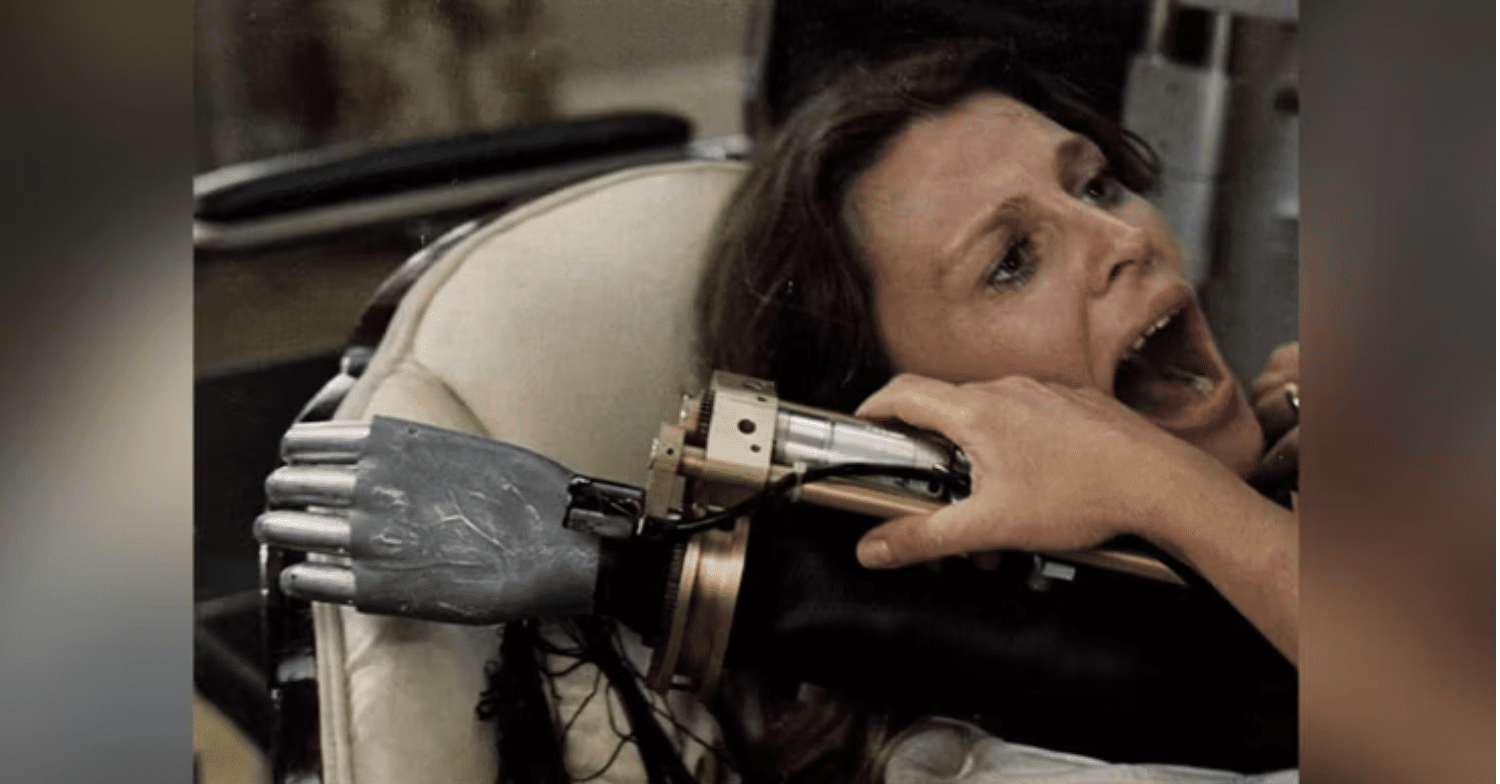It’s mind-boggling to think about it, but some of the most advanced technology we use today was once just a figment of a filmmaker’s imagination. From your smartwatch to virtual reality gaming systems and tablet computers, these billion-dollar ideas were inspired by the inventions seen in famous movies. Imagine, all those lazy evenings spent watching movies on the couch could have led to a major breakthrough in technology. But it’s not just the ideas that are impressive, it’s the fact that these visionary filmmakers saw the potential in something intangible and made it a reality. In this list, we’ll take a look at movies like Star Trek, Star Wars, and Back to the Future and see how they helped shape the future of technology. These directors were truly ahead of their time.
Alexa Was (Kind Of) Born In 1977

Let’s face it, we all have moments where we just want to be lazy, and what better way to do that than by shouting commands at Alexa or Siri to do the work for us? Smart homes are all the rage these days, with over 60 million people having them. It’s like we’re all in a club of laziness together. But let’s not forget where the idea of a smart home assistant came from – the 1977 film “The Demon Seed” where a malevolent device called Proteus imprisoned the main character. Sure, Alexa and Siri may be sassy and helpful, but Proteus had far more sinister intentions. It just goes to show that with the rise of AI and the internet, we need to be aware of the potential power and dangers that come with it. Let’s hope our beloved virtual assistants don’t have any evil plans up their sleeves! (The Richest)
